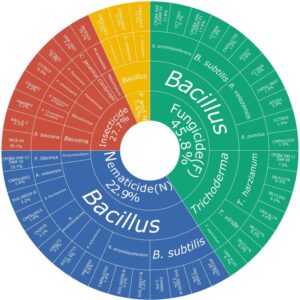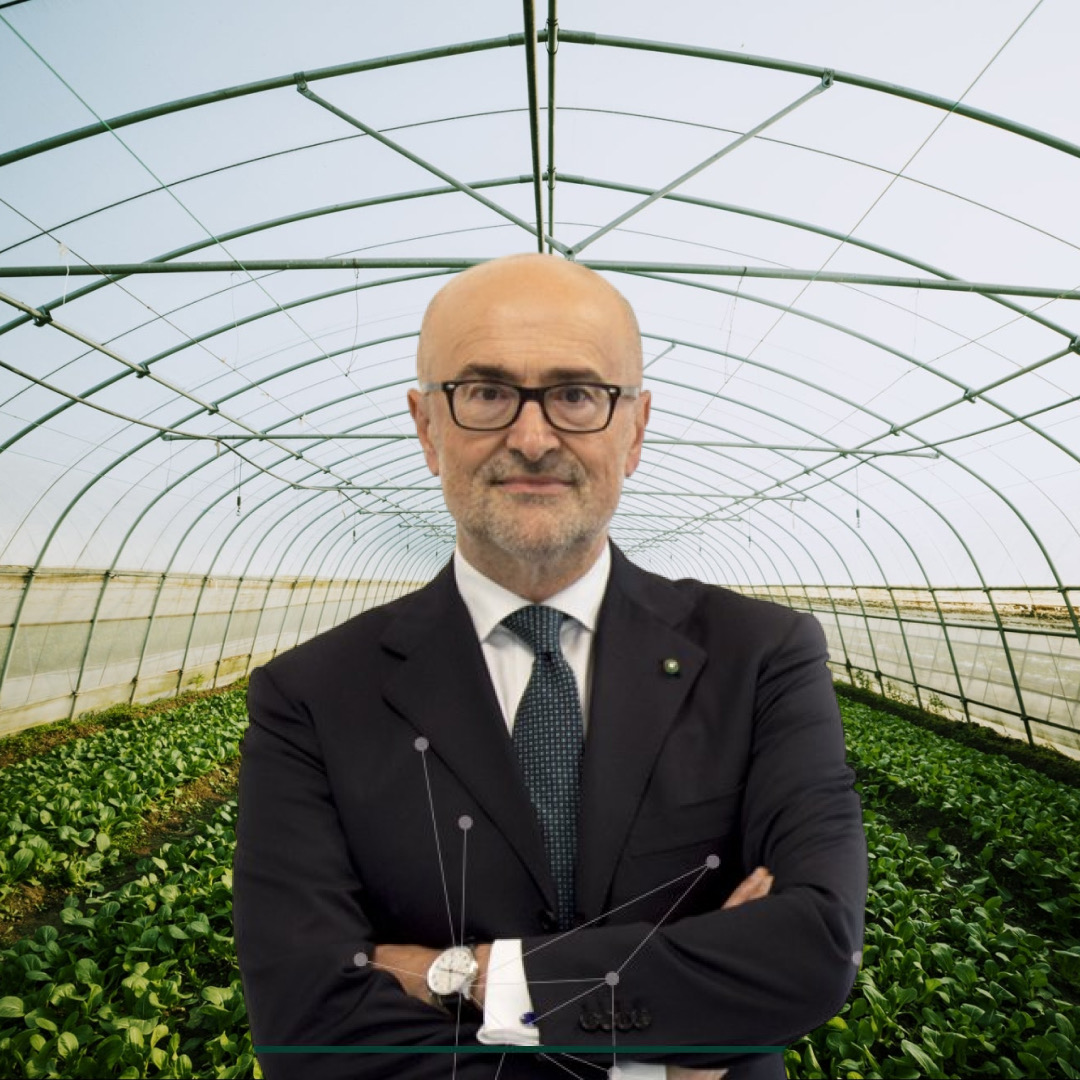
Beneficial microbes play crucial role in modern agriculture, serving as biopesticides, biostimulants/biofertilizers, and alleviating abiotic stress in crops. Their multifaceted functions contribute significantly to crop health and sustainability, aligning with the principles of regenerative agriculture by minimizing carbon footprints and reducing dependence on agrichemical inputs. The concept of ‘microbial consortia’, involving the combination of multiple fungal and bacterial species or strains, has gained recognition for its potential advantages over single species/strains applications. This method aims to employ a spectrum of ecological functions, encouraging biological equilibrium within agricultural systems. Recent research highlights how microbial consortia can directly and indirectly enhance plant health, through various mechanisms and interactions with their host plants. This review presents examples demonstrating the efficacy of microbial consortia as biopesticides and biostimulants/biofertilizers. These consortia exhibit potential in managing plant diseases and pests, while also promoting plant growth and mitigating specific abiotic and biotic stresses in crops. This review examines real-world examples considering instances of success and failure, discusses methodologies employed for evaluating interactions, and also addresses challenges in the selection, production, and application of optimal microbial consortia for agricultural use providing valuable insights in the current and future prospects of microbial consortia in modern agriculture.
Main species and strains used in biological products, registered in Brazil, containing microorganism consortia

Actually, the combination of strains may be designed based on many of the strategies proposed by academia and mentioned in the topics above, i.e. niche complementarity, additive metabolic profile, different optimum temperature, different benefits to the plants exerted exclusively by individual strains and combined in one single product. For instance, combining a microbial strain with antimicrobial activity with a soilborne biocontrol agent or a combination of more than one of such strategies. There is a product on the Brazilian marked that encompasses three strains: Bacillus subtilis CCTB04, Bacillus velezensis CCTB09 and Bacillus pumilus CCTB05. Although the rationale of combining those specific strains is not always mentioned by the companies as a trade secrete not to be copied, other display such benefits but they are not endorsed by peer-reviewed publication. A third group encompasses strains selected by the academia, for which their reputation had previously been reported. In the example above, the potential of the individual Bacillus strains exerts benefits related to disease control (Ferreira, 2021) and growth promotion (Venancio et al., 2019) is reported and it is worth mentioning that we need to consider previous taxonomic denominations of the same bacterial strain to retrieve all reported benefits it exerts.
However, such product is traded as bioprotectant only, since there is no possibility of registering a product that exerts concomitantly growth promotion and bioprotection. Actually, there are different regulations to register biologicals in the world and to the best of our knowledge none of them consider both benefits in one single product. In Brazil for instance, they can be registered either as biofertilizer or bioprotectant. The industry has to decide on registering a product following the biofertilizer regulatory framework if the microorganism exert a growth promotion, nutrient fixing or solubilizing benefit to the plant. On the other hand, they choose the biopesticide route if the microorganisms exert any action on disease or pest control. Here comes what we call the regulatory trap. A single microorganism can exert both a growth promotion and a disease/pest control benefit but there is no possibility of registering a product that has both benefits. This is even worse when one strain exerts a biofertilizer-type benefit and another one a biocontrol potential. Therefore, most companies decide on the reductionist microbial registration to one benefit only and adopt a technical recommendation that the products should be combined in one single application as tank mix or seed treatment slurry, i.e. a biofertilizer-type product (e.g. nitrogen-fixing bacteria) combined with a biocontrol-type one (e.g. soilborne disease control).
Source :- Science Direct







Leave a Reply